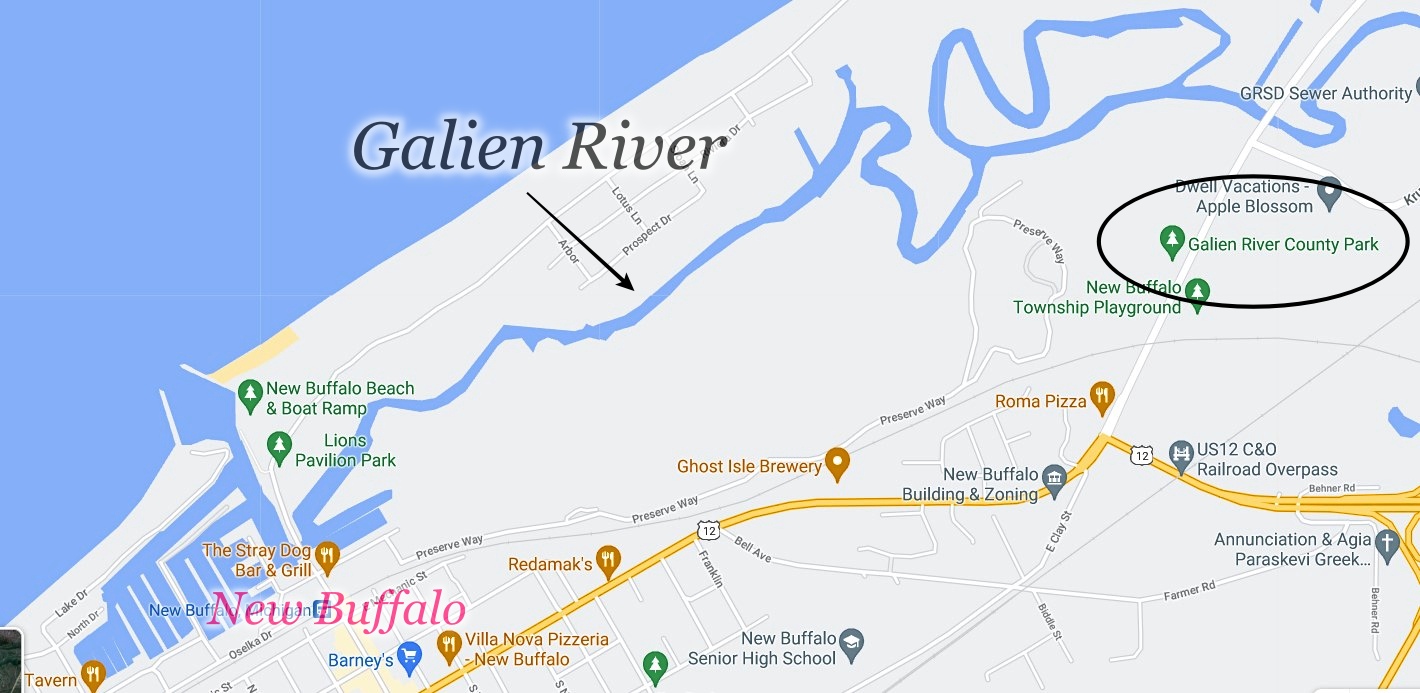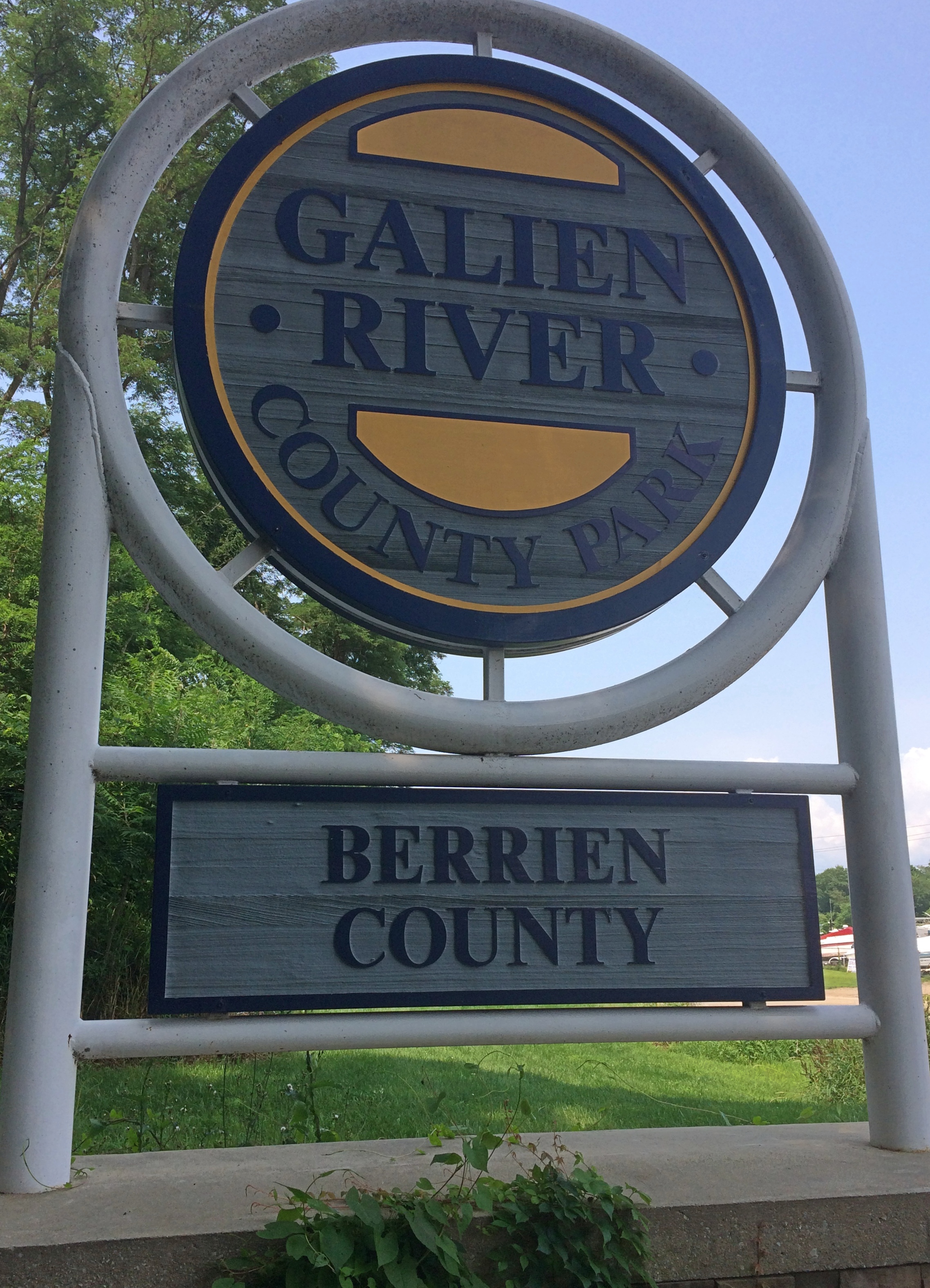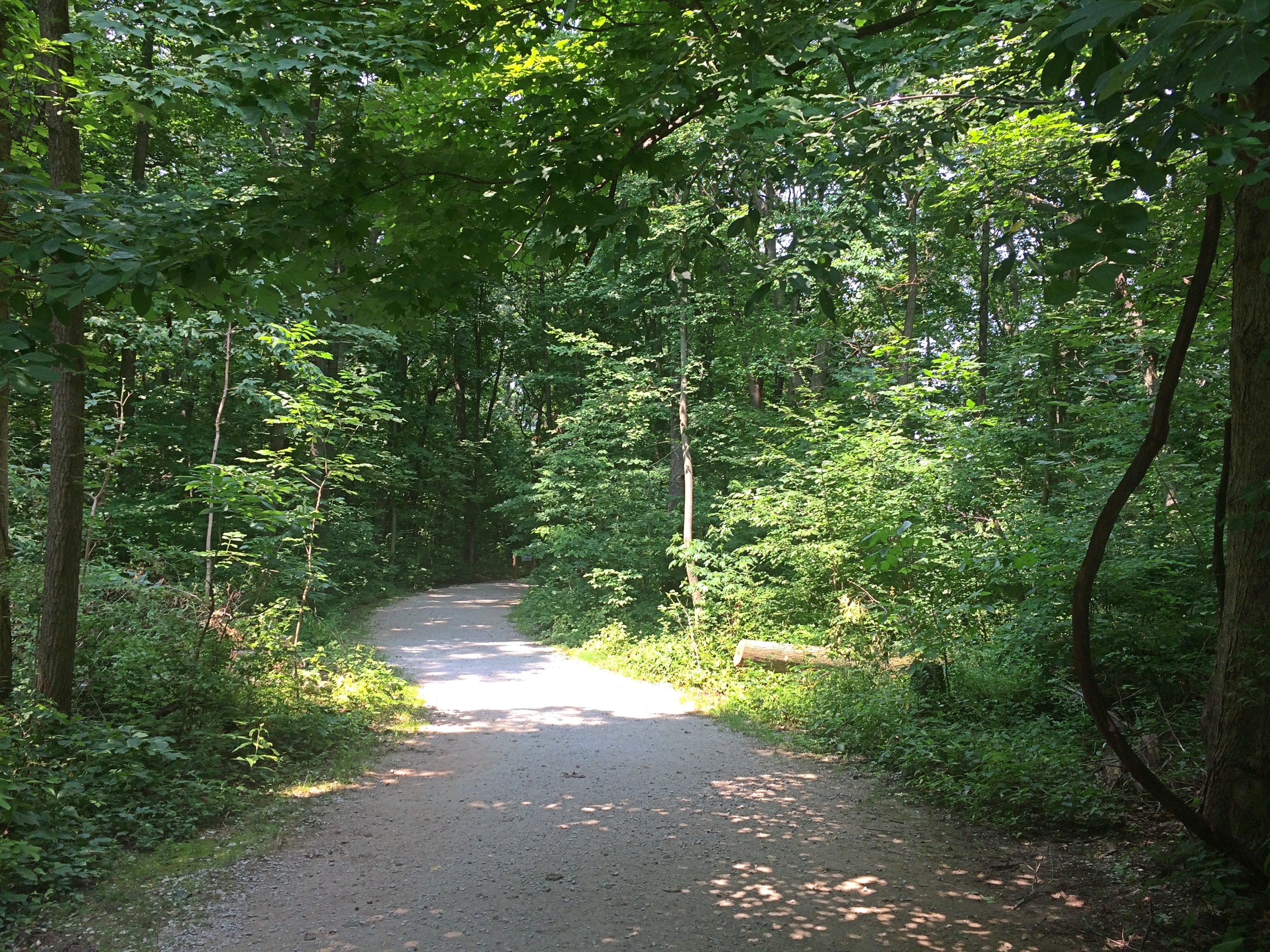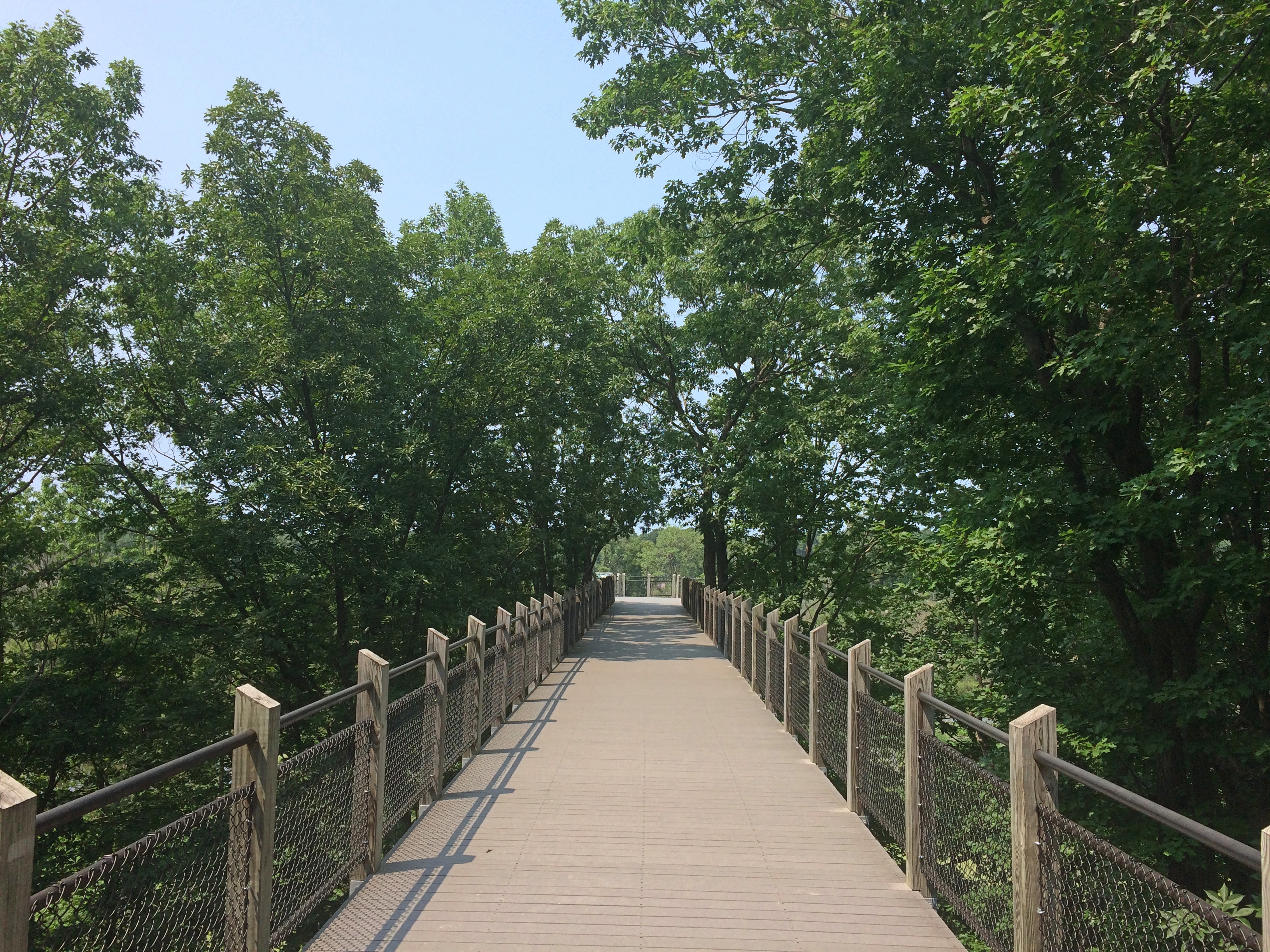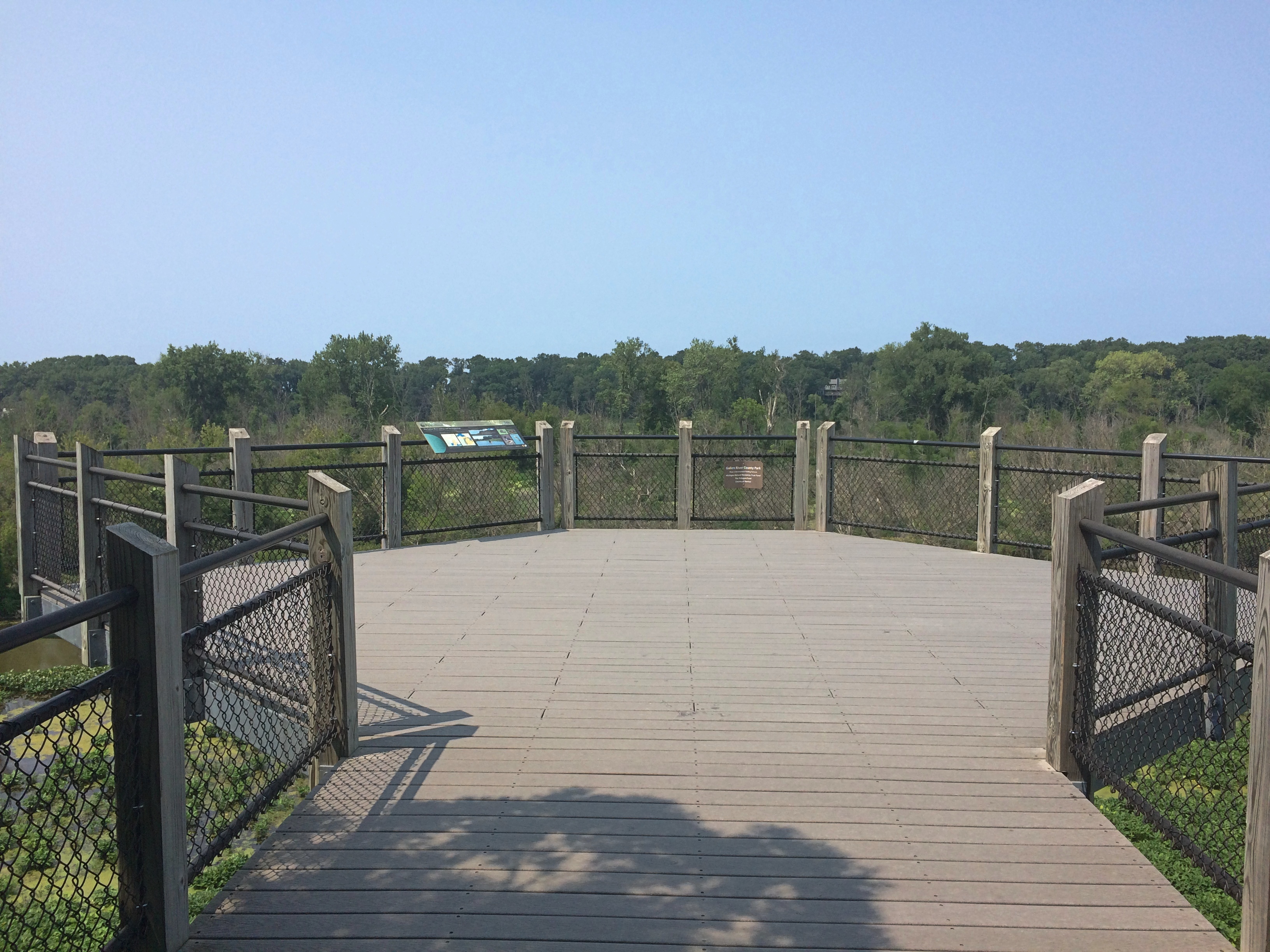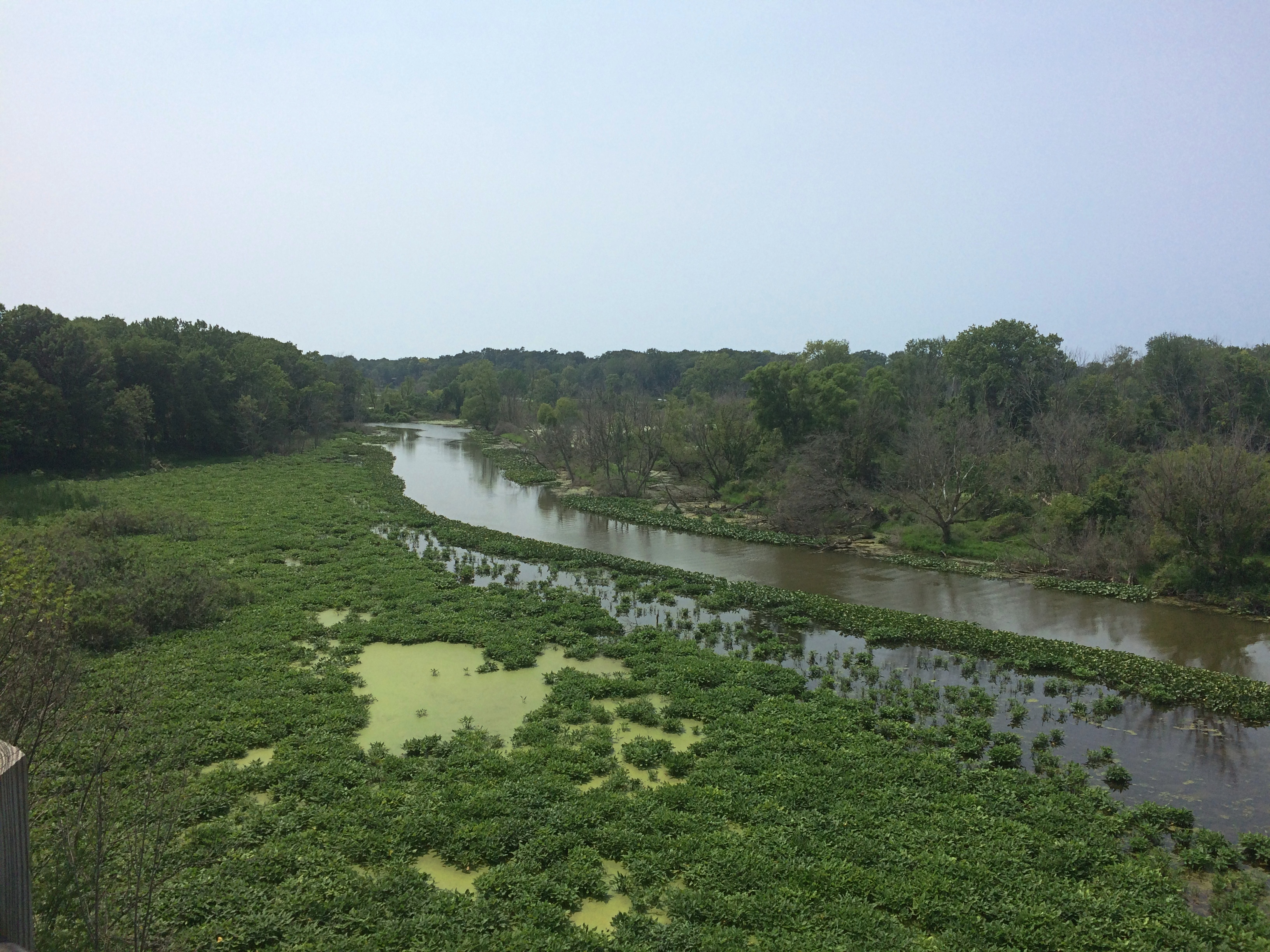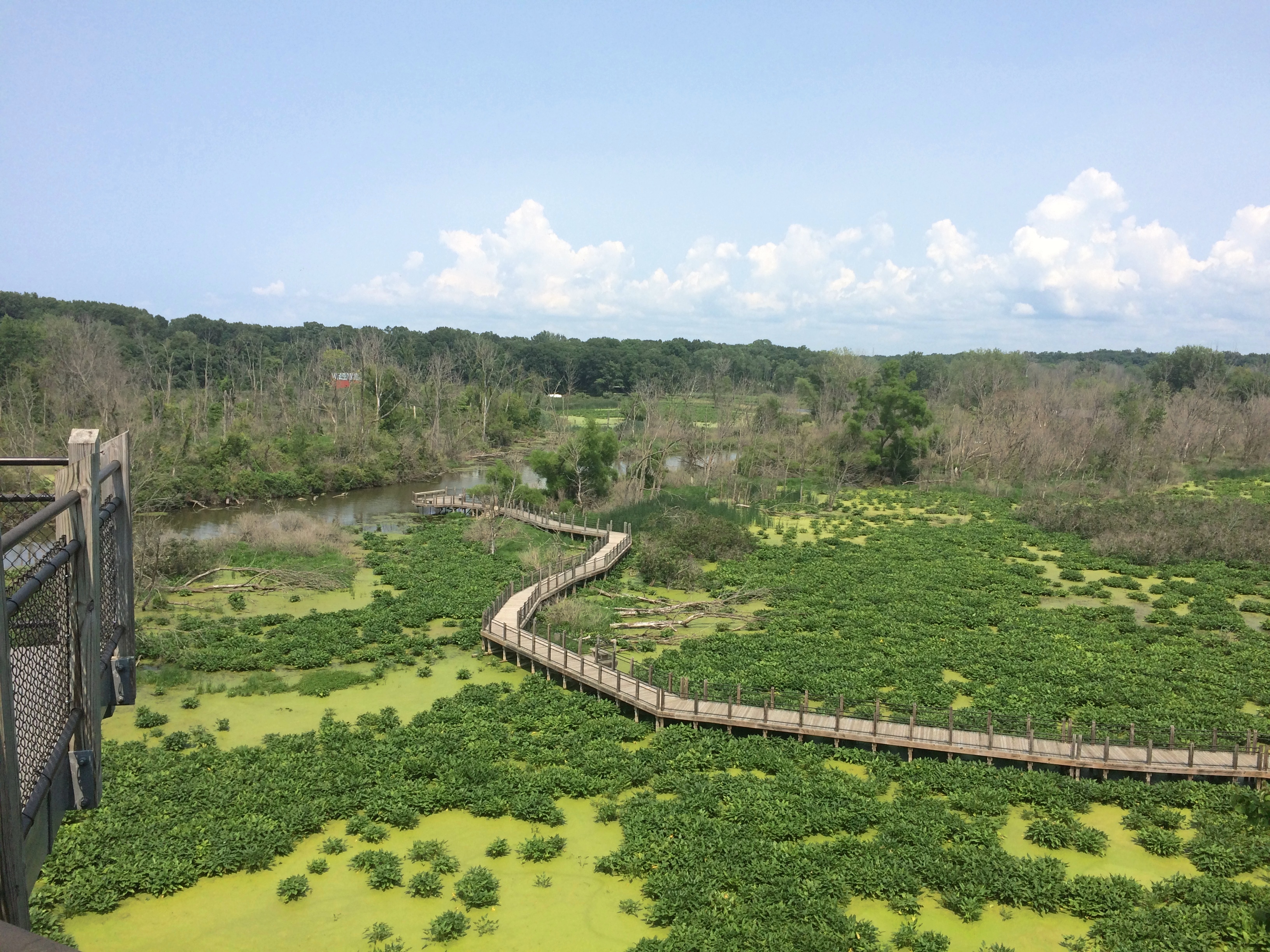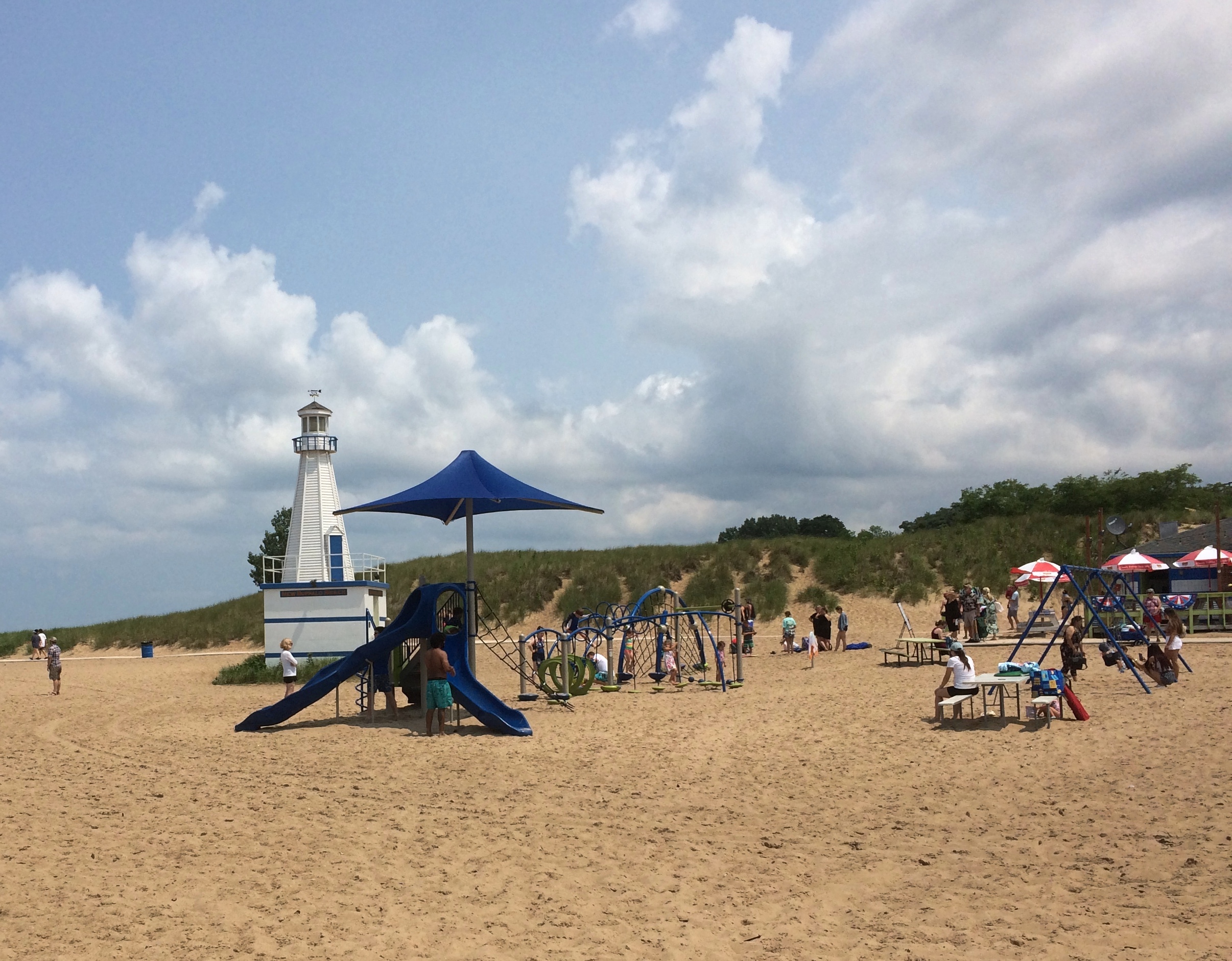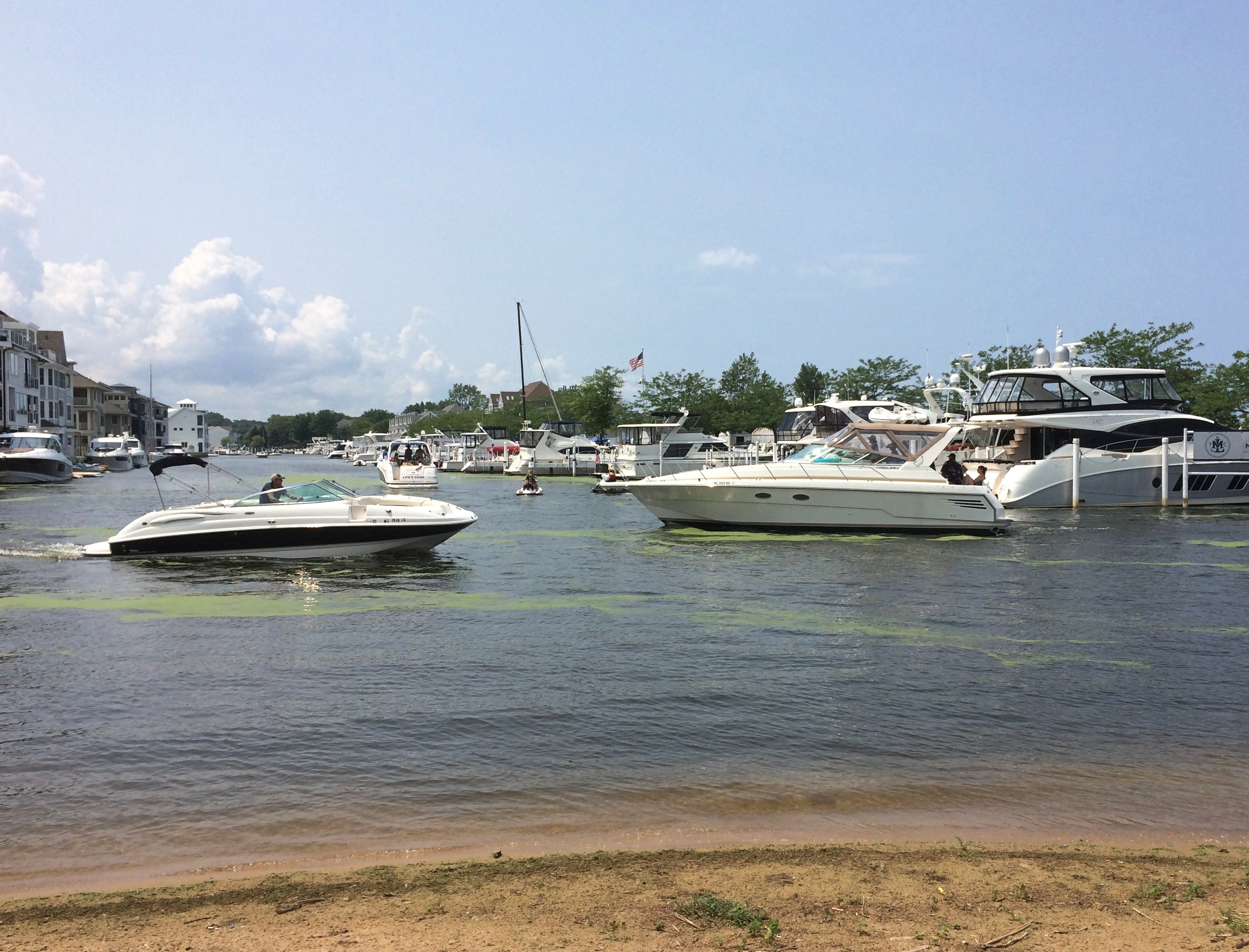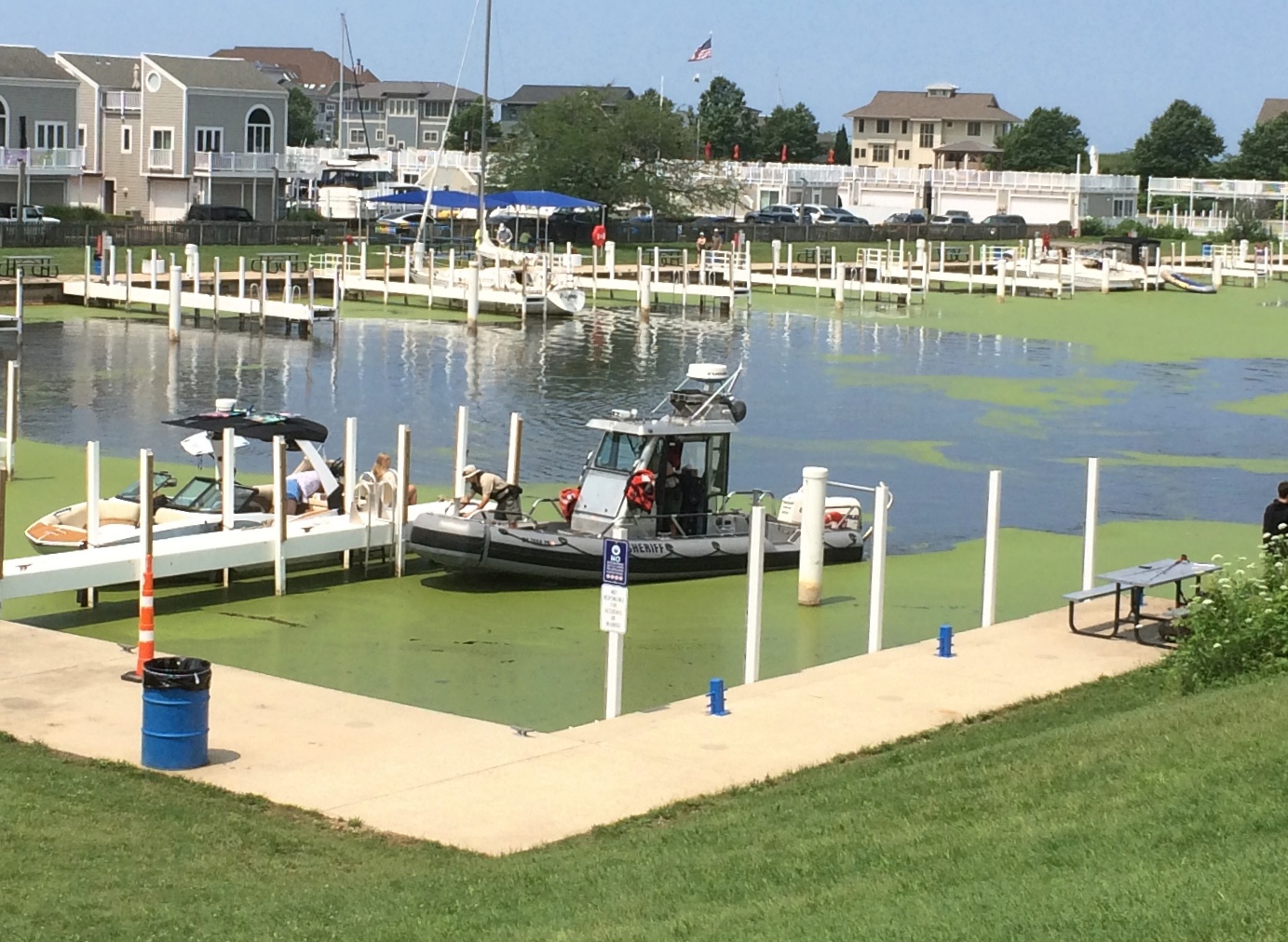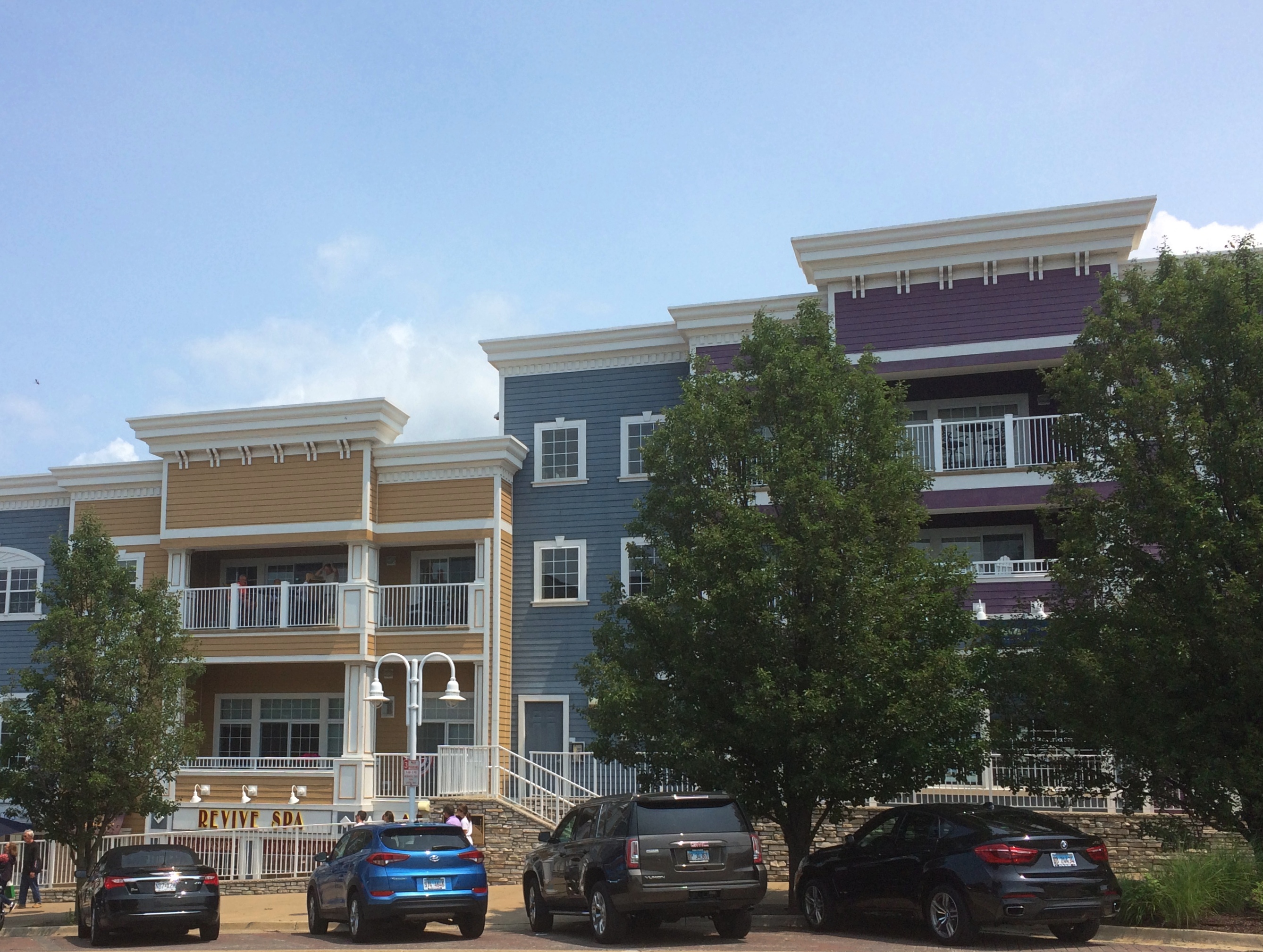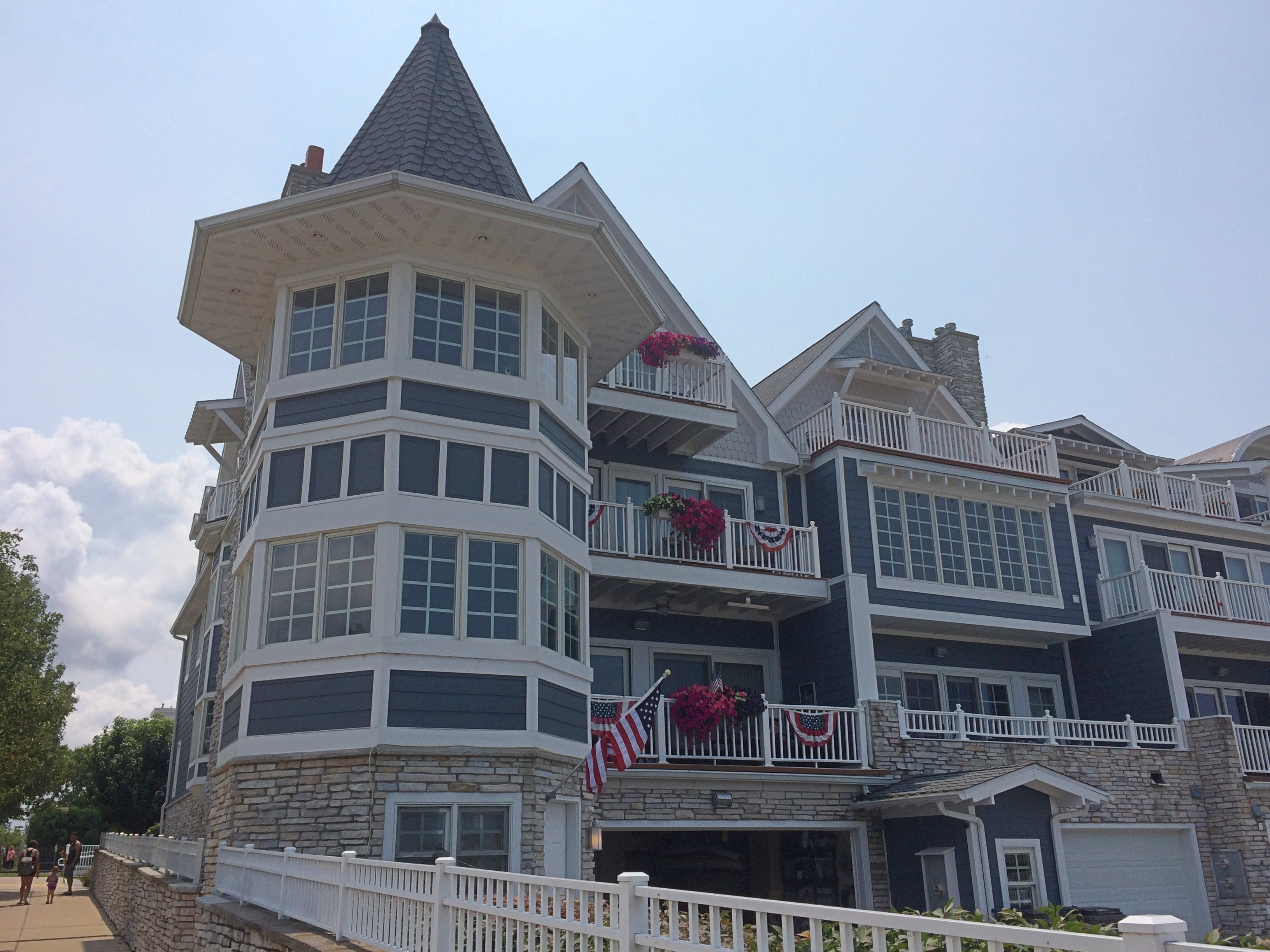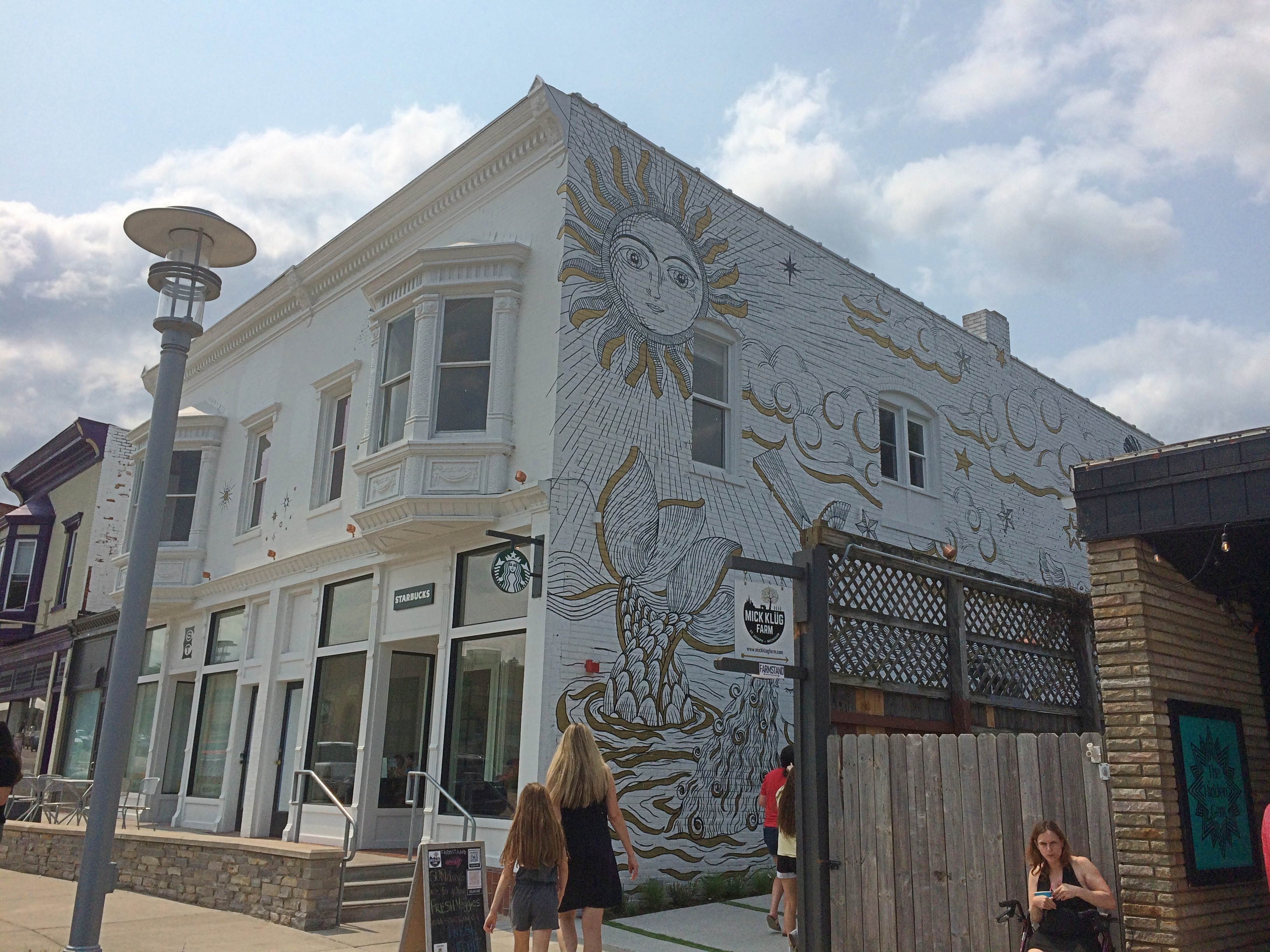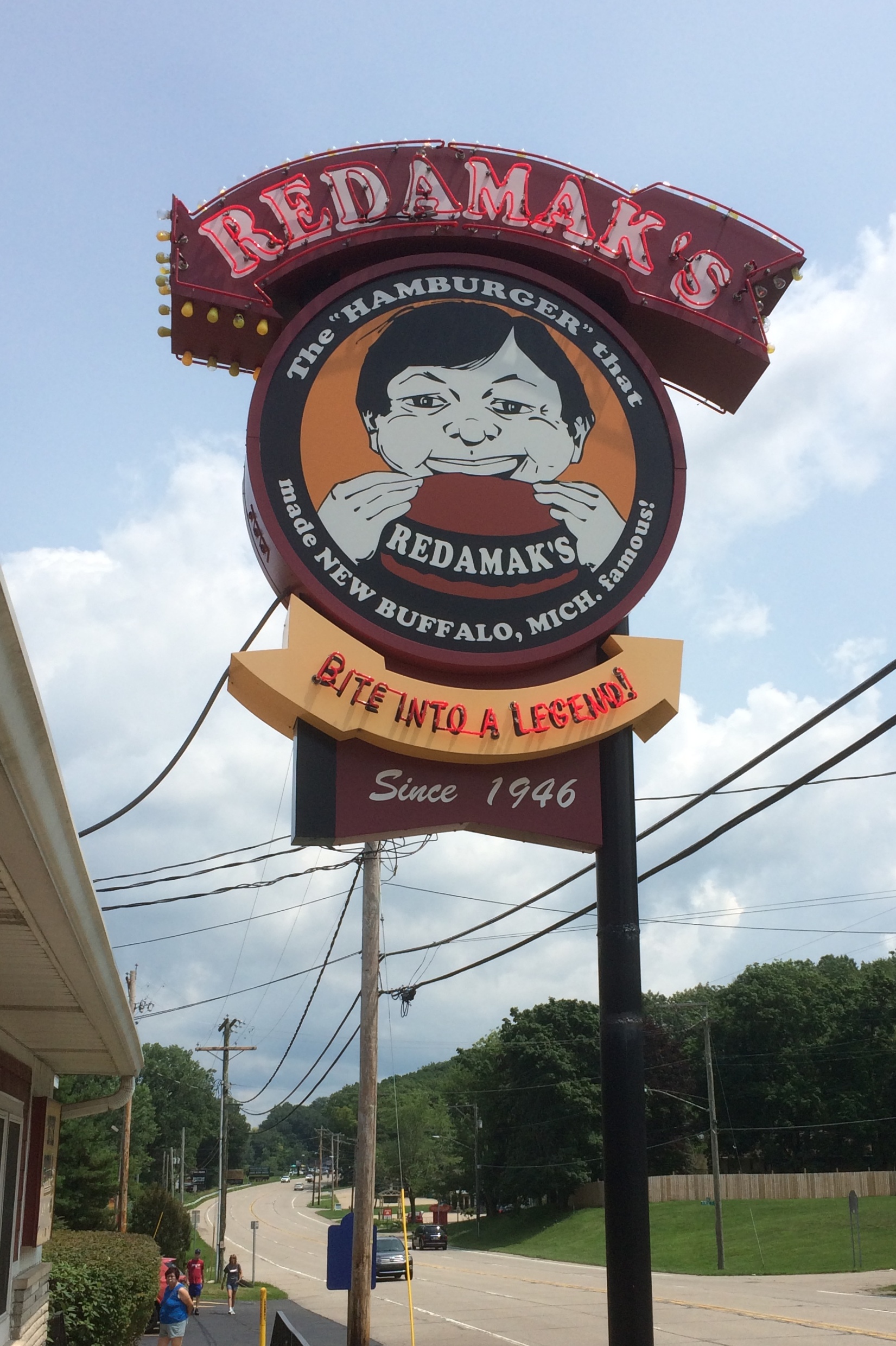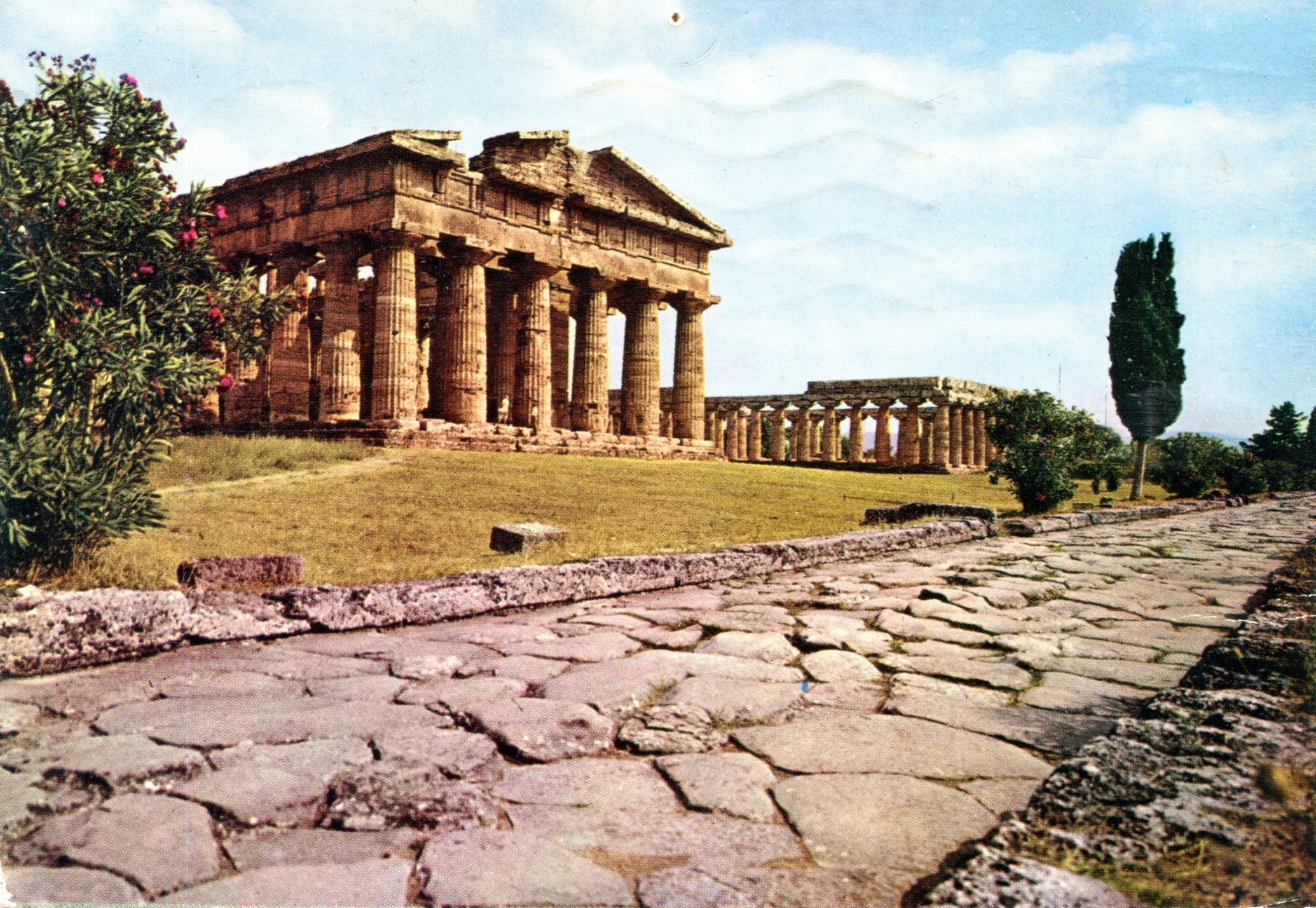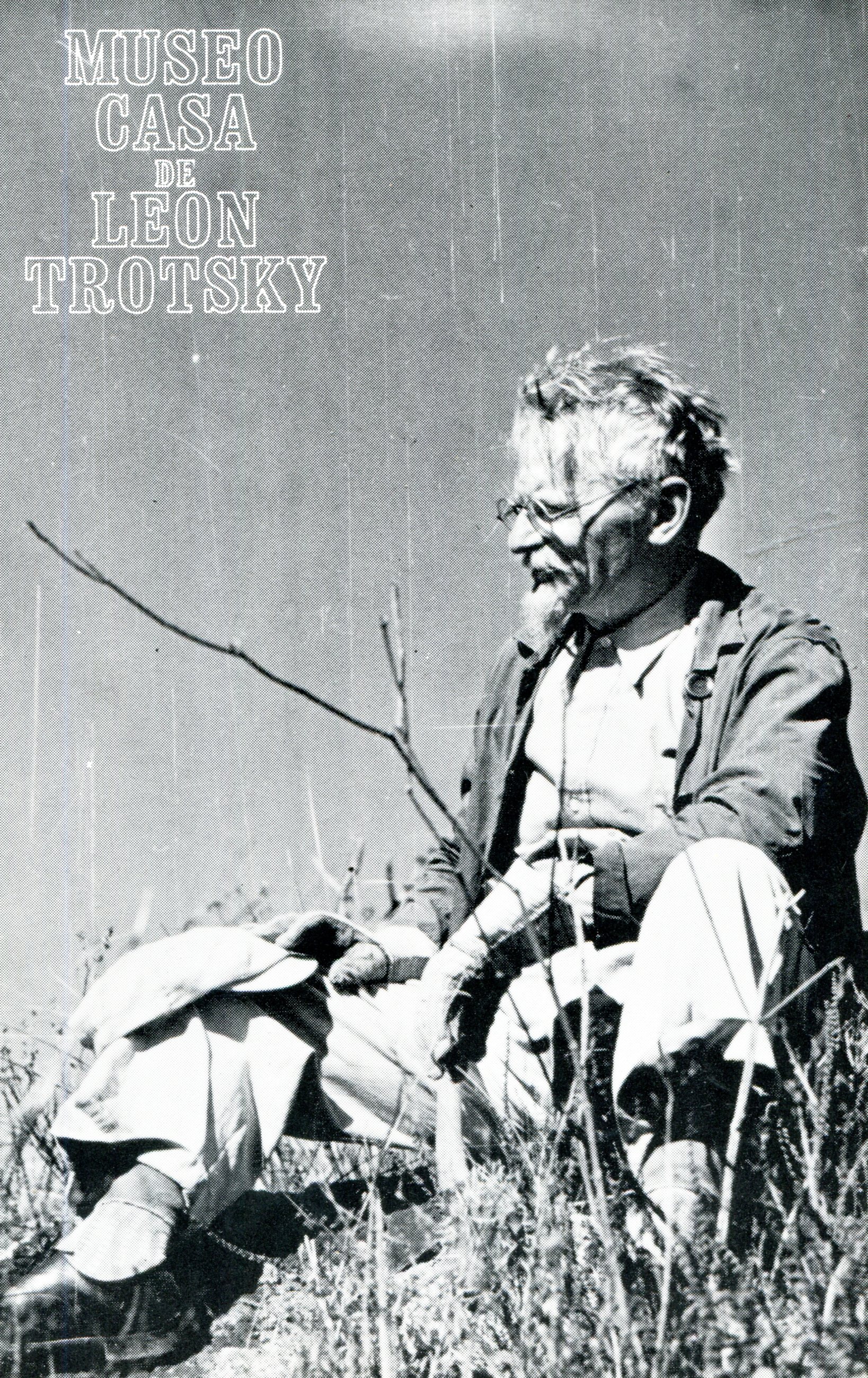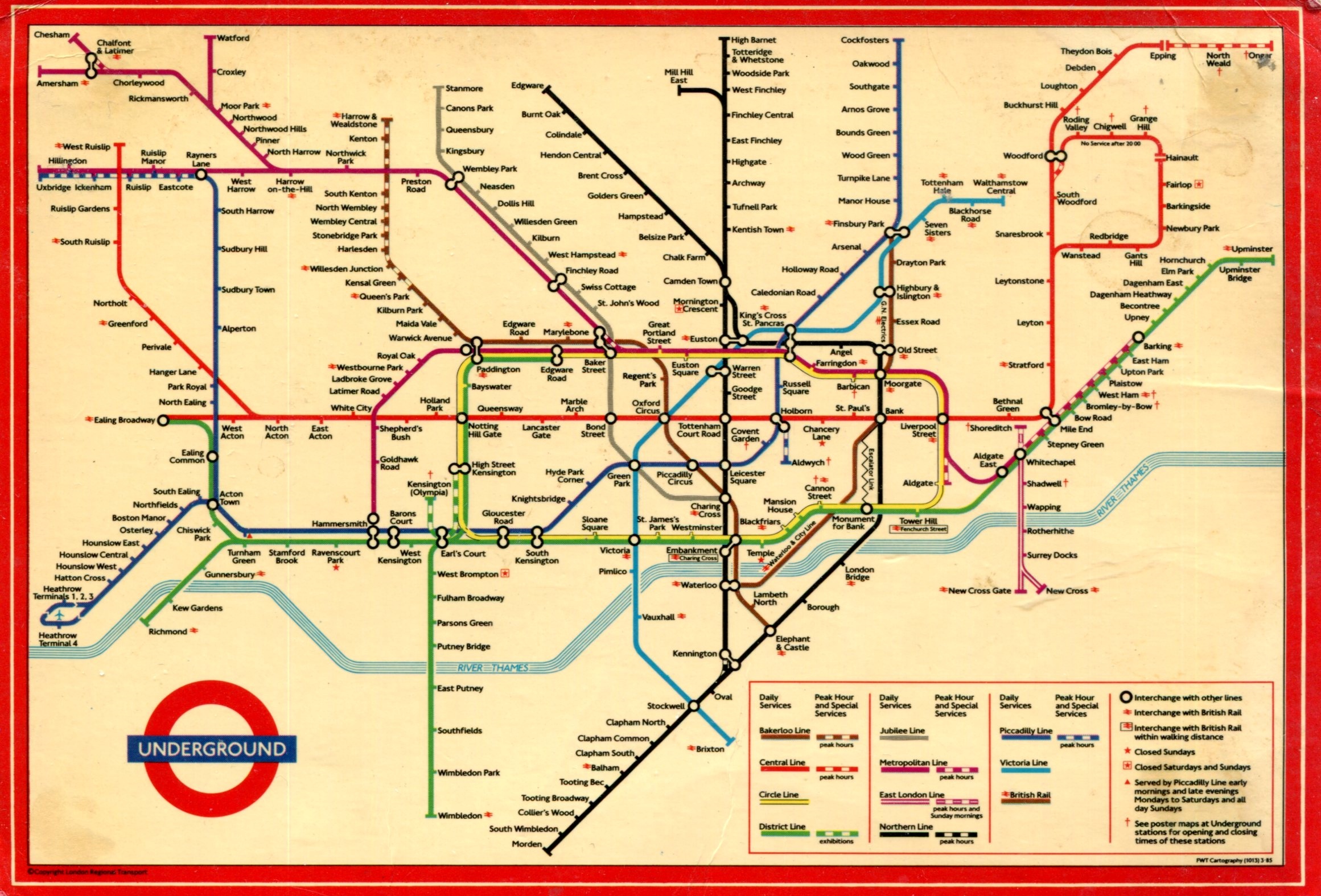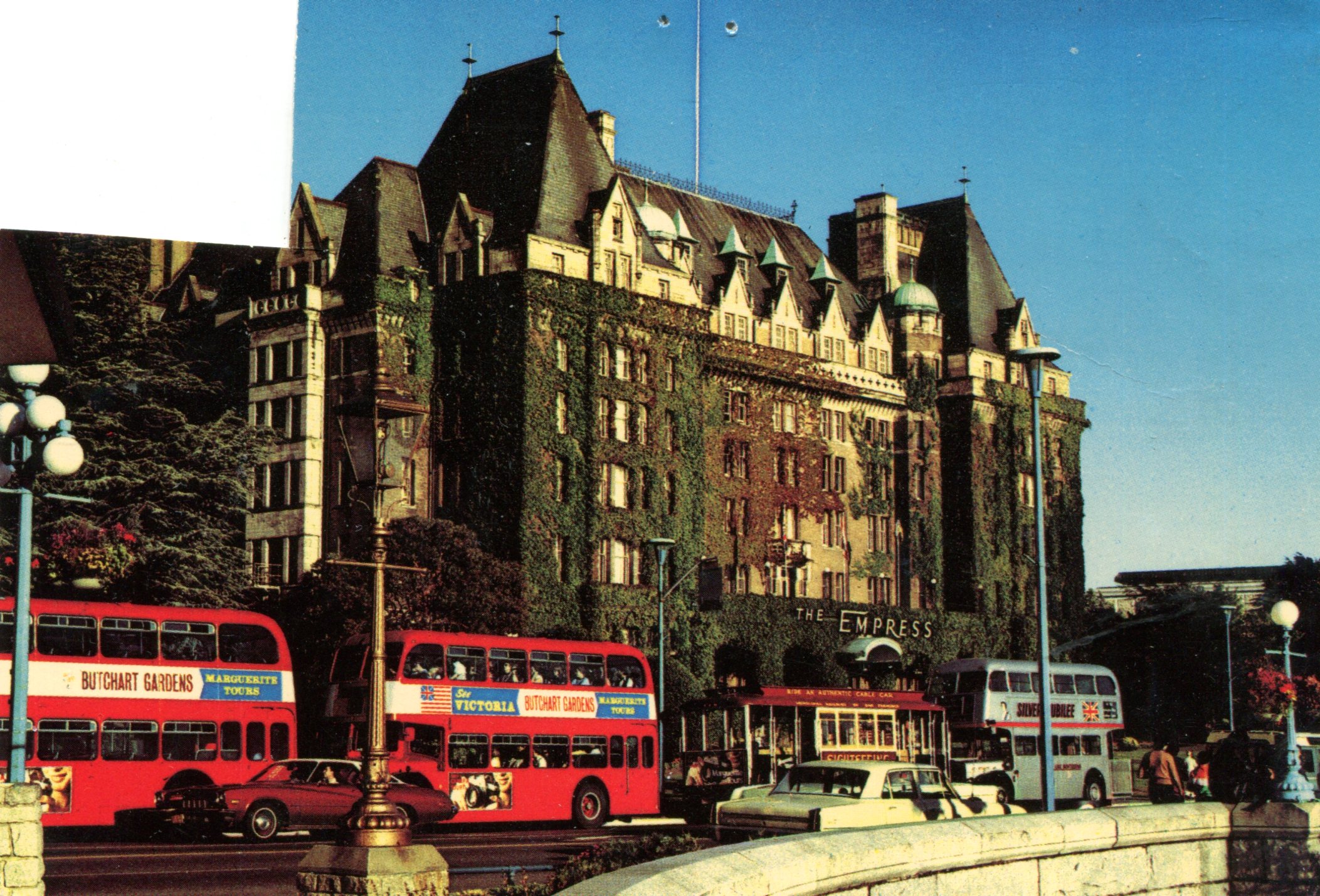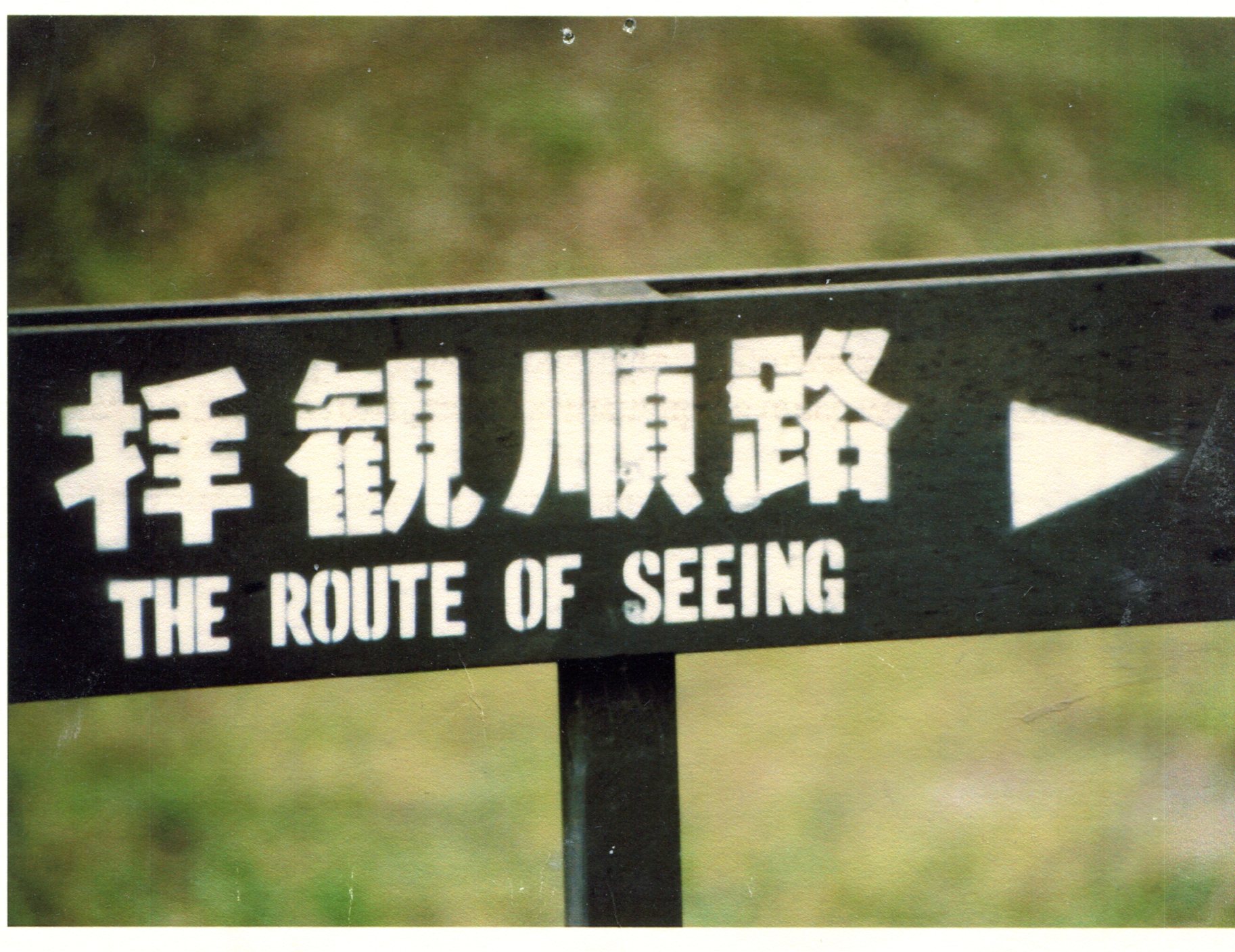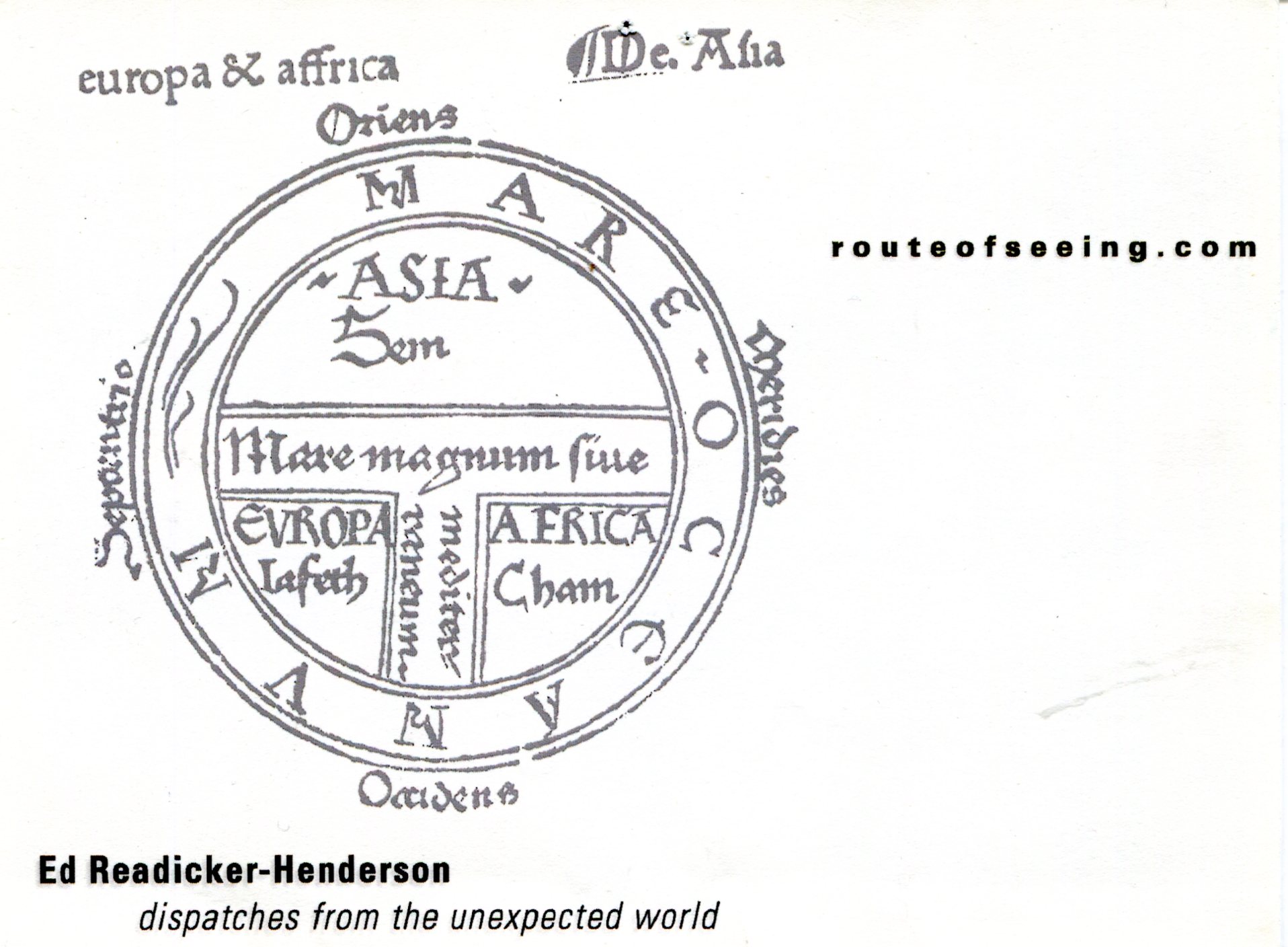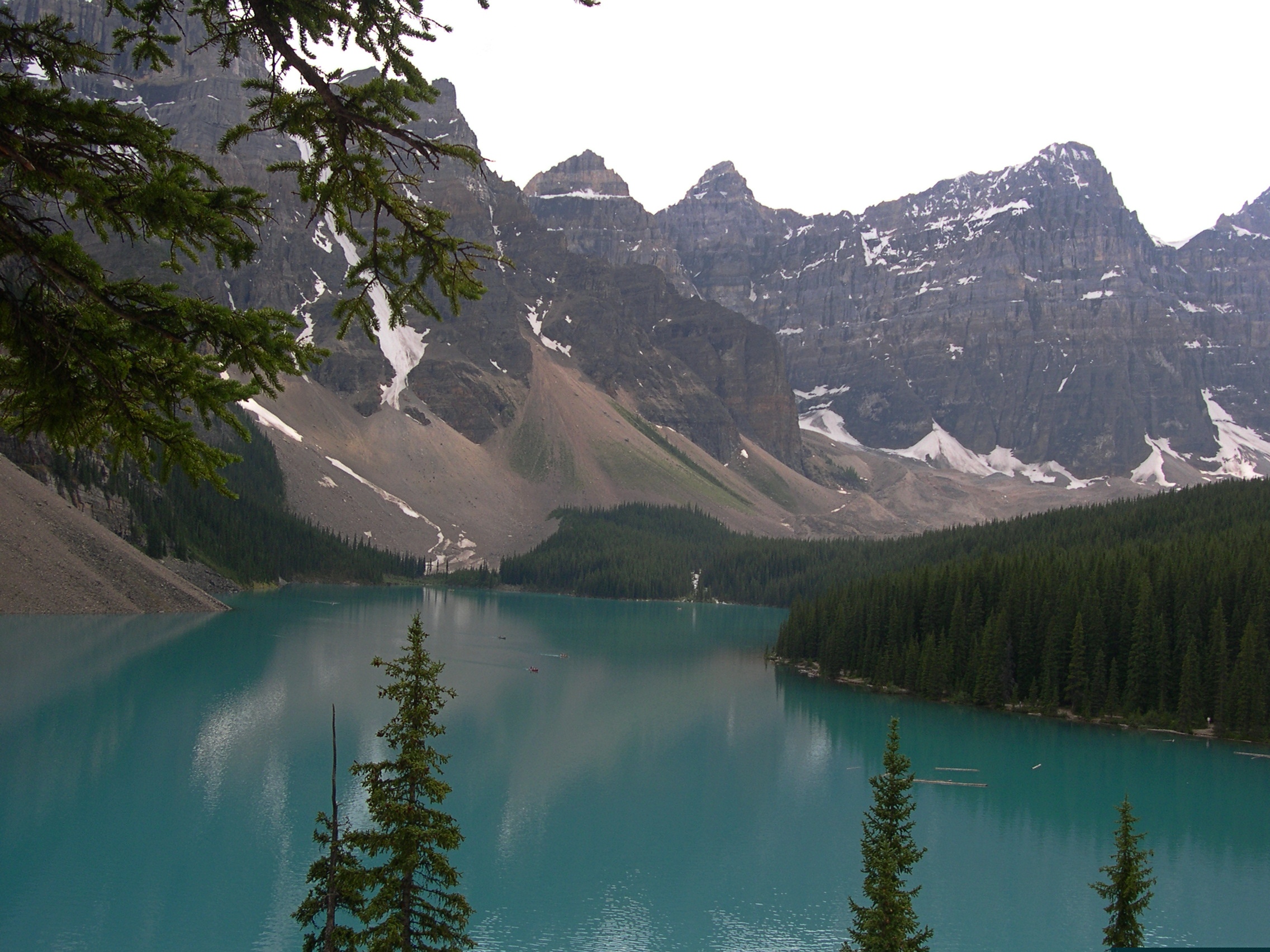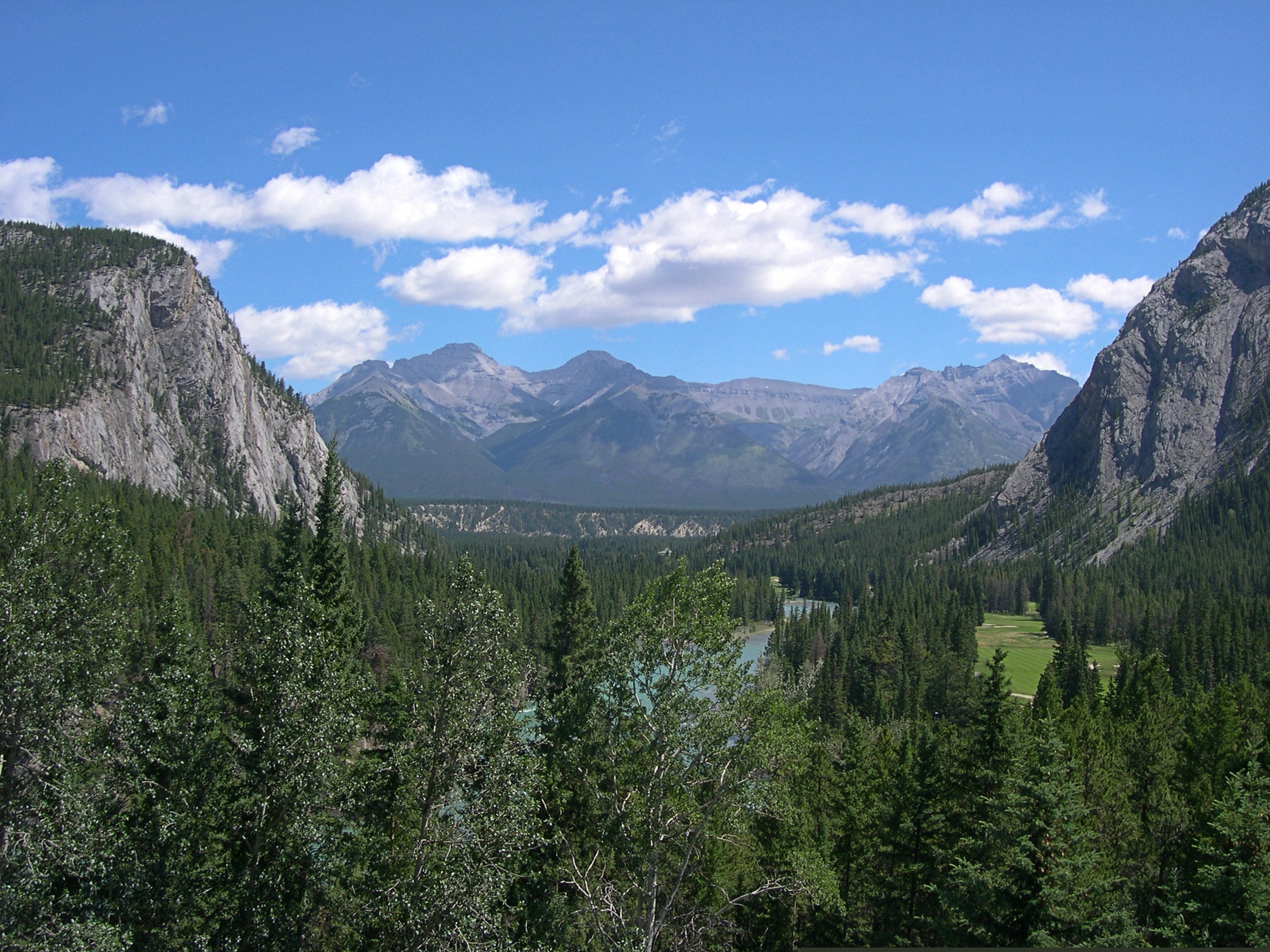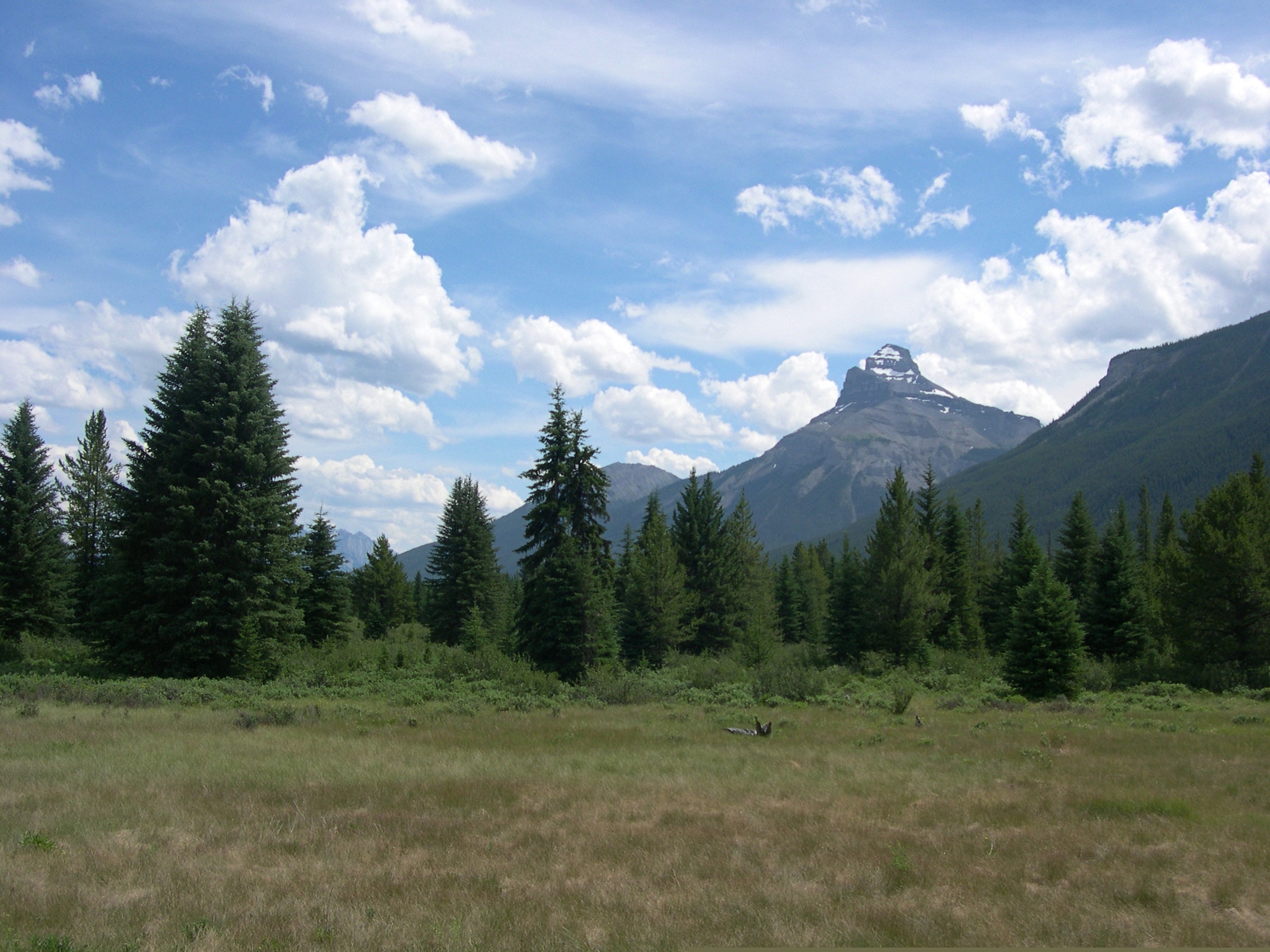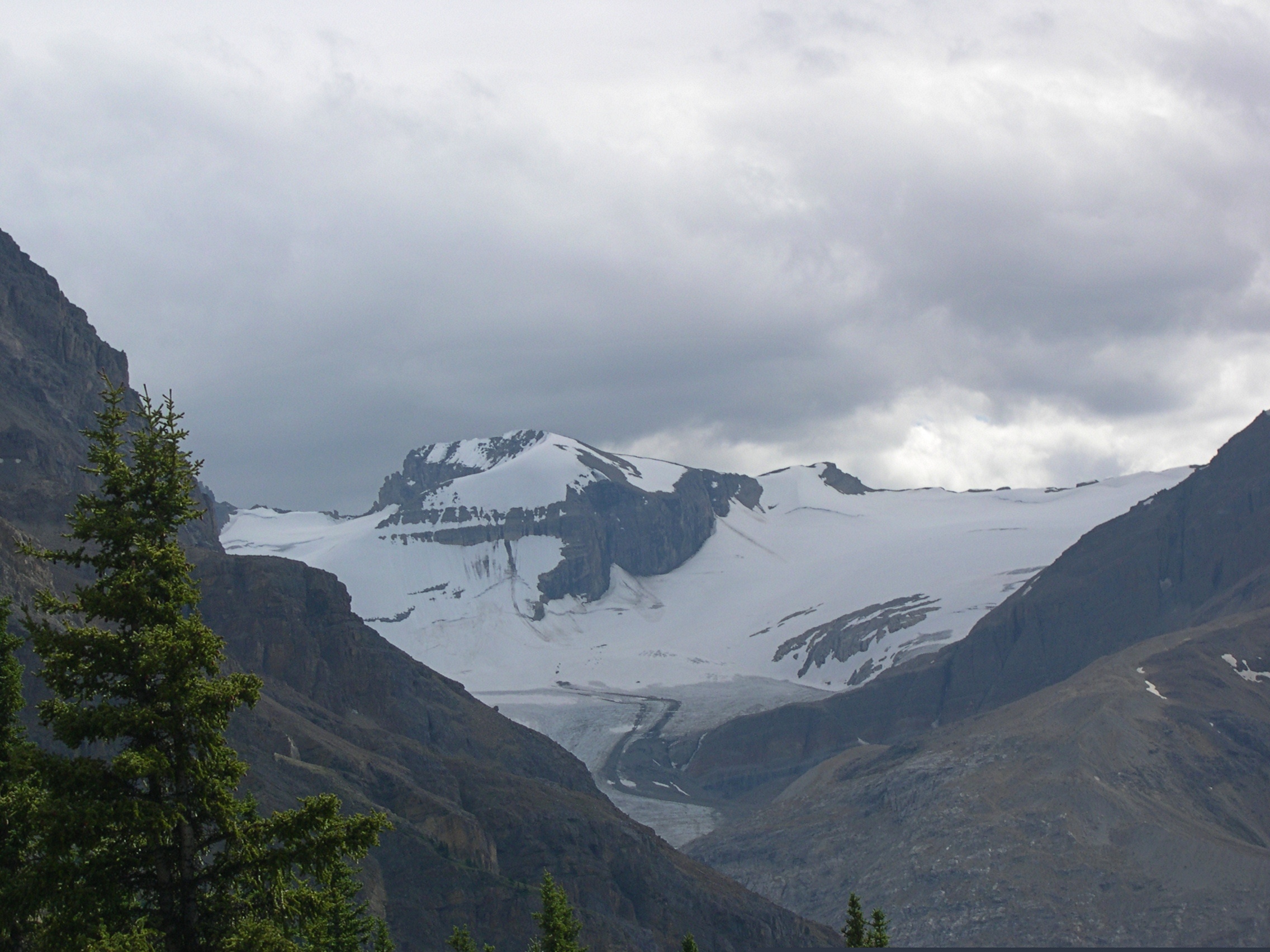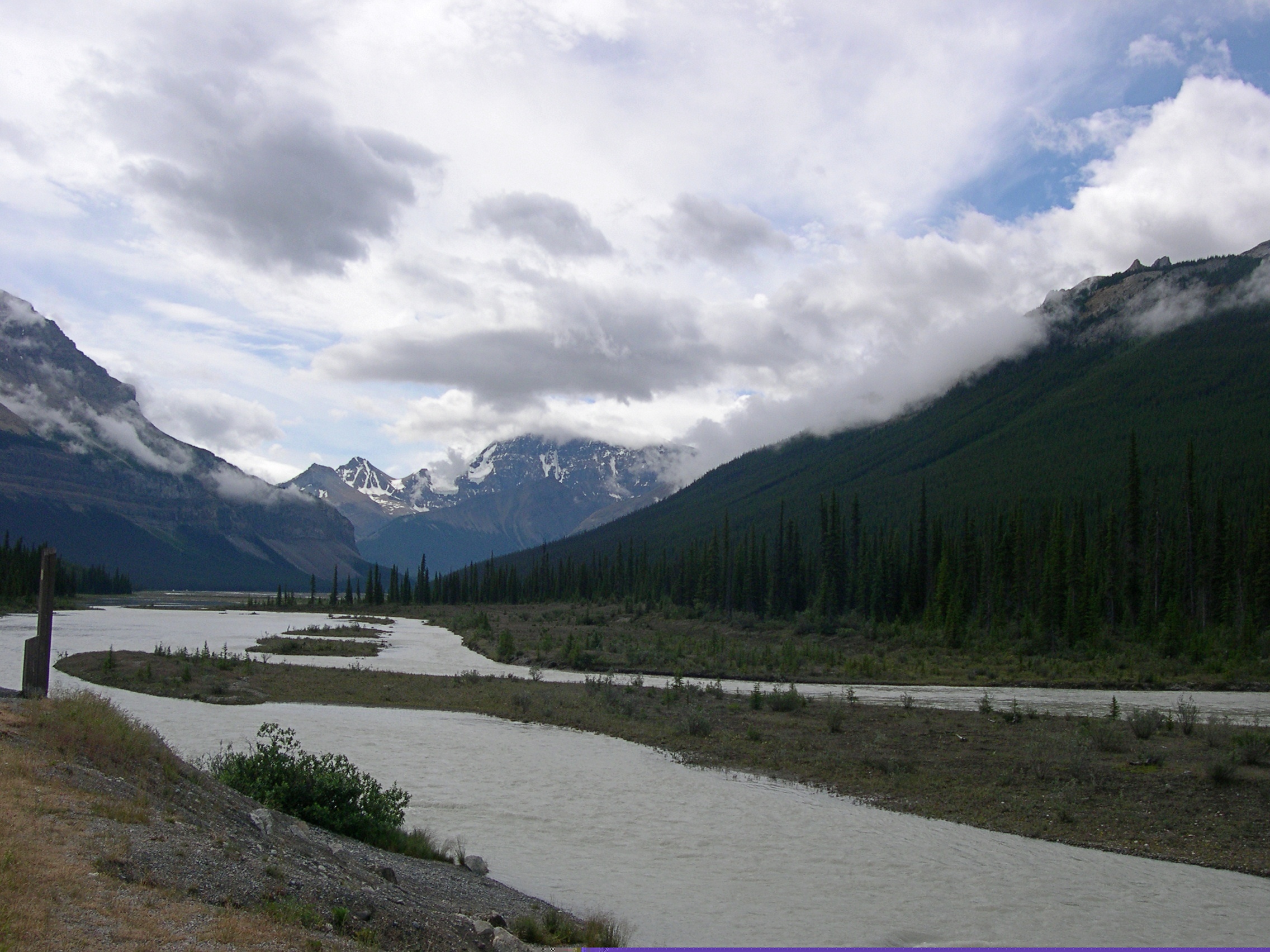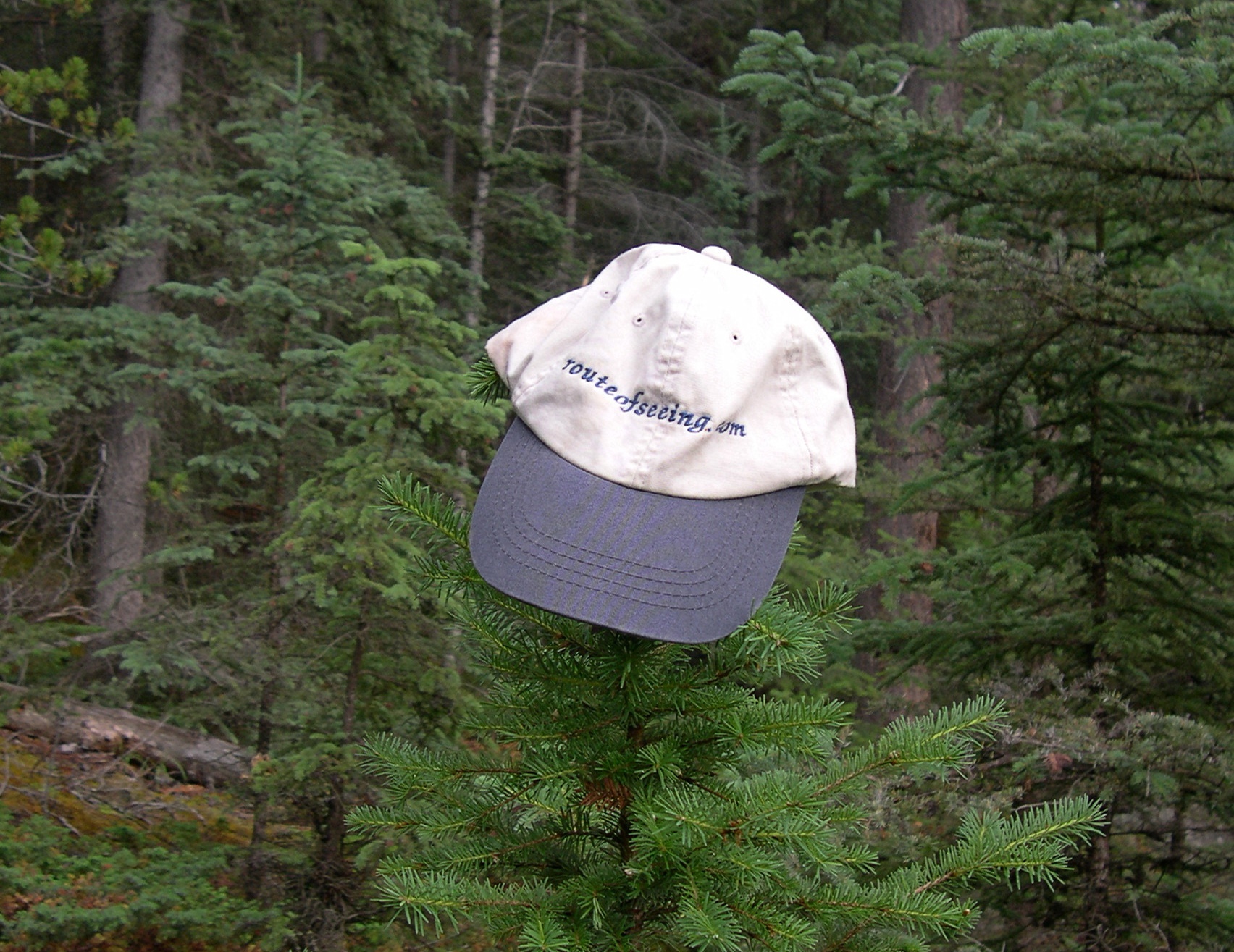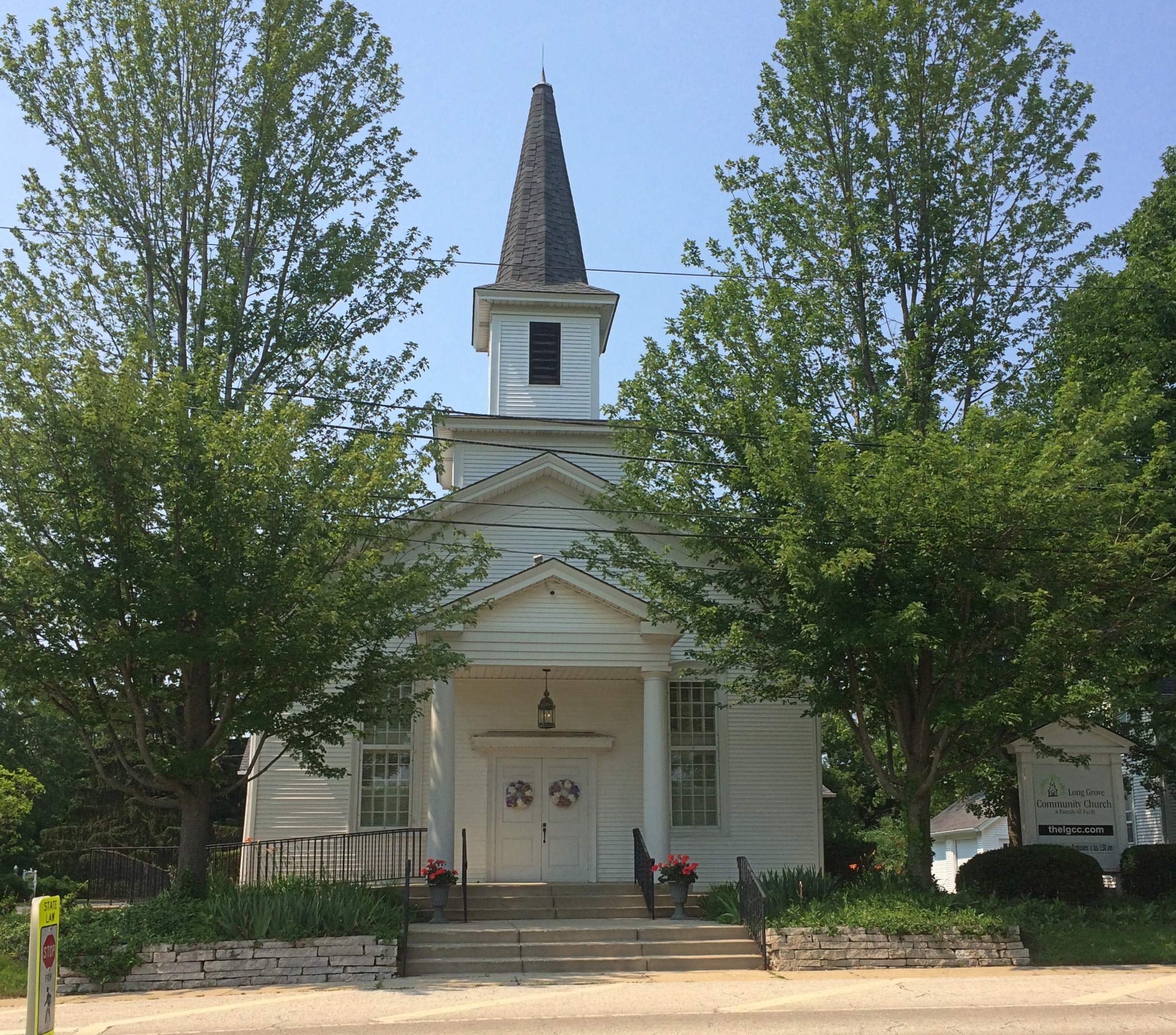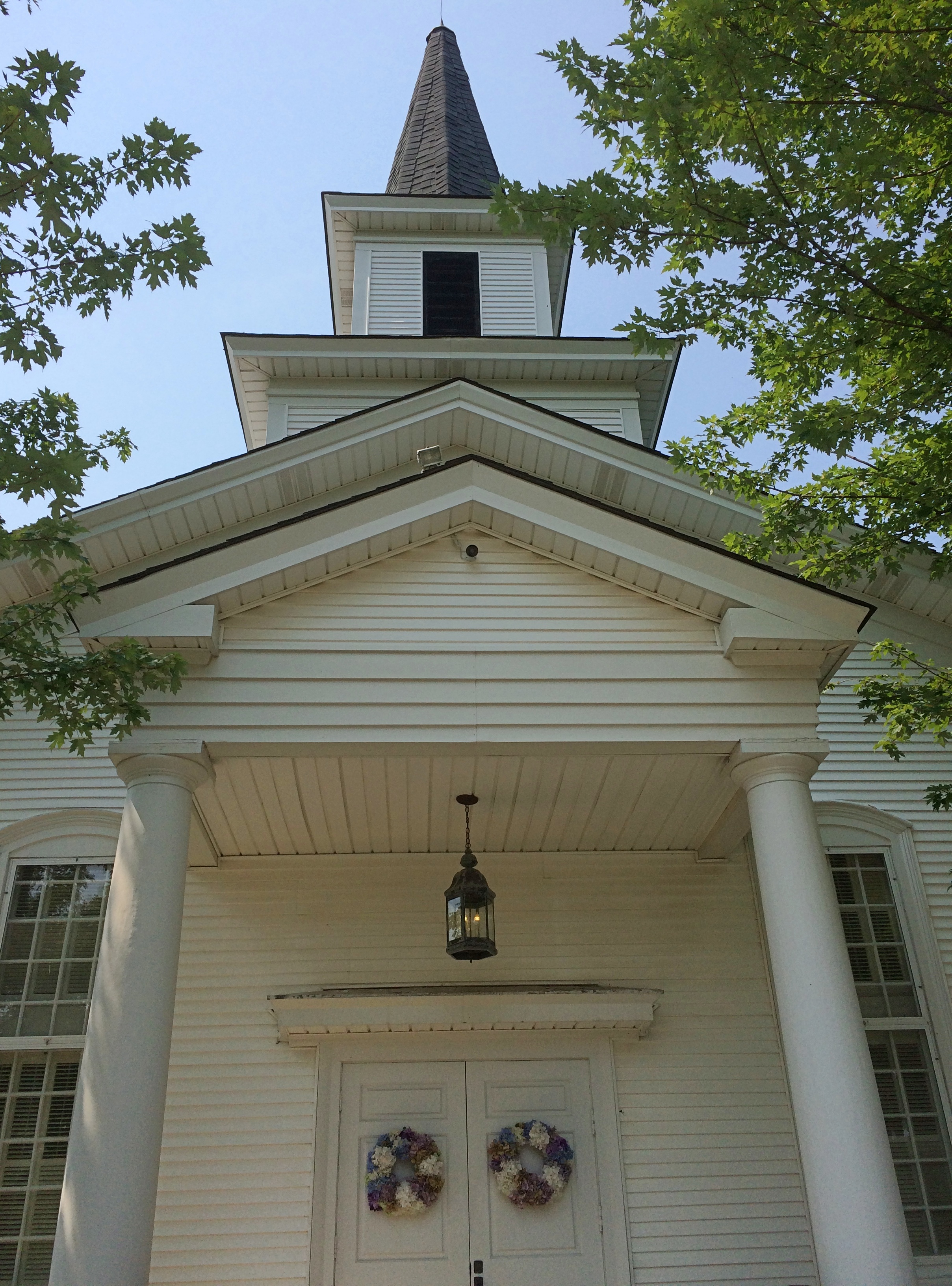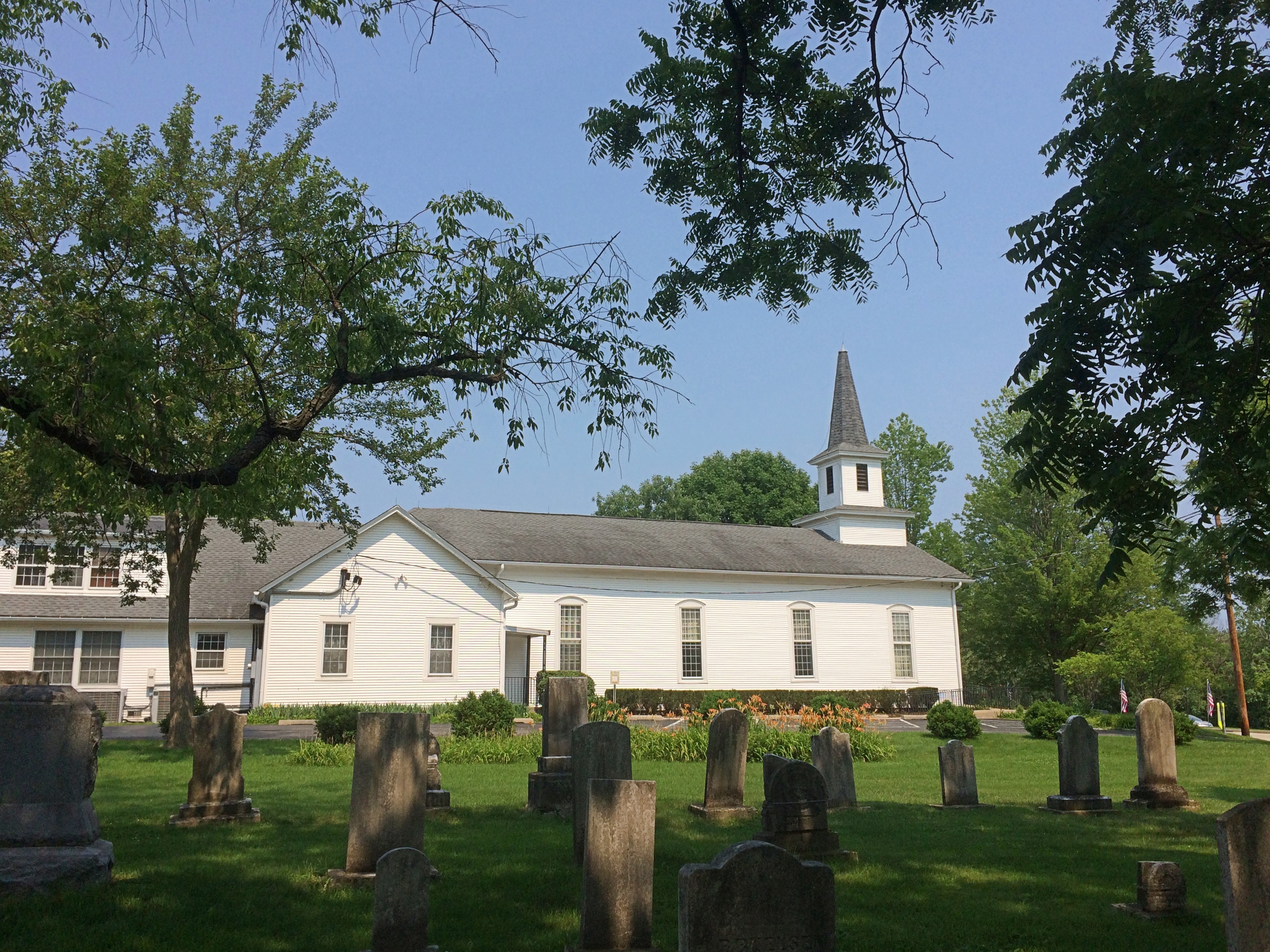Warm days and cicadas at dusk. Back to posting around August 1.
I saw this in my back yard yesterday.
Imagine my surprise. A lawn circle! The suburban version of crop circles. (In the UK, they’re called garden circles.) Clear evidence that space aliens visited.
Spotted in a northwest suburban parking lot the other day.

I ought to look that up, but I don’t want to.
Dear streaming service that I subscribe to: When you send me an email with links in it, the links should not take me to this.
This statue was just east of the commuter rail station in New Buffalo.

“Gakémadzëwen,” which is Potawatomi for “Enduring Spirit,” by Fritz Olsen, dedicated only in 2018. The plaque says it was erected by the city of New Buffalo “in recognition of the generous contributions to the city by the Pokagon Band of Potawatomi.”
“The 1833 Treaty of Chicago established the conditions for the removal of the Potawatomi from the Great Lakes area,” says the band’s web site. “When Michigan became a state in 1837, more pressure was put on the Potawatomi to move west. The hazardous trip killed one out of every ten people of the approximately 500 Potawatomi involved.
“As news of the terrible trip spread, some bands, consisting of small groups of families, fled to northern Michigan and Canada. Some also tried to hide in the forests and swamps of southwestern Michigan. The U.S. government sent soldiers to round up the Potawatomi they could find and move them at gunpoint to reservations in the west. This forced removal is now called the Potawatomi Trail of Death, similar to the more familiar Cherokee Trail of Tears.
“However, a small group of Neshnabék, with Leopold Pokagon as one of their leaders, earned the right to remain in their homeland, in part because they had demonstrated a strong attachment to Catholicism. It is the descendants of this small group who constitute the Pokagon Band of Potawatomi Indians.”
Even so, it wasn’t until 1994 that Congress reaffirmed the federally recognized status of the Pokagon Band of Potawatomi. The band now owns some Michigan casinos, including Four Winds New Buffalo, which features 3,000 slot machines, 70 table games, four restaurants, bars, retail venues, and a 415-room hotel.
Got a boring email from Amazon the other day. It said:
Unfortunately, we weren’t able to cancel the items you requested and these items will soon be shipped. We apologize for the inconvenience.
You can track your package at any time. If you no longer want these items, you may refuse delivery or return them after they arrive. You can visit Your Orders to start a return.
There’s no style to that. How about:
Unfortunately, we weren’t able to cancel the items you requested and these items will soon be shipped. No force in the universe can stop an Amazon order once it is past the FailSafe Point.®
Not even the mighty Jeff Bezos can stay your package from its appointed delivery, even from his perch in space. You may refuse delivery or return them after they arrive. You can visit Your Orders to start a return.
Also from Amazon: One of our updates involves how disputes are resolved between you and Amazon. Previously, our Conditions of Use set out an arbitration process for those disputes. Our updated Conditions of Use provides for dispute resolution by the courts.
Well, well, well. The Wall Street Journal reported in June: “Companies have spent more than a decade forcing employees and customers to resolve disputes outside the traditional court system, using secretive arbitration proceedings that typically don’t allow plaintiffs to team up and extract big-money payments akin to a class action.
“With no announcement, the company recently changed its terms of service to allow customers to file lawsuits… The retail giant made the change after plaintiffs’ lawyers flooded Amazon with more than 75,000 individual arbitration demands on behalf of Echo users.”
This is the flag of Greater London. The officially approved flag of that political entity, I’ve read. It looks like it was drawn by a ten-year-old.
One more thing: National Geographic now asserts there is a “Southern Ocean,” hugging Antarctica below 60 degrees South. That’s a term that I know Australians have long used — I heard it from Australians in the ’90s, and saw the term on a sign at Cape Leeuwin — though I believe they mean the “waters south of us.”
Speaking of ten-year-olds, I understand that part of Nat’l Geo’s mission is educational, but a headline asking whether I can name all the oceans, as if I were that age?
